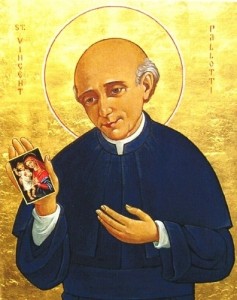The other day I had my first experience of celebrating Mass in a classroom – the group who made their First Holy Communion last year. A lovely experience.
 After Communion a few of the children knelt down to pray and I noticed the others watching them so I asked, “do you know why these knelt down?” And plenty of answers were given, many of the children having a clear sense of when it is necessary to kneel in prayer – like you kneel down if you are praying for someone who is very sick.
After Communion a few of the children knelt down to pray and I noticed the others watching them so I asked, “do you know why these knelt down?” And plenty of answers were given, many of the children having a clear sense of when it is necessary to kneel in prayer – like you kneel down if you are praying for someone who is very sick.
One lad put up his hand and said “you would kneel in front of a king!” and with this answer he showed an understanding of who Jesus is and the honour that He deserves, an honour that is His as the Son of God, an interior movement of the Holy Spirit in prayer.
I then invited the children to kneel. We all knelt together and, with hands joined and eyes closed, we spent a brief silence listening to Jesus speak His love for us. And we spoke our love for Him!
It’s quite a common gesture in the Bible; people frequently kneel in front of Jesus when making a request. This is not something that He demands but it is an inherent instinct in the human soul, a good instinct, an instinct that opens us up to an experience of God that is quite profound and transforming. It is the invitation of Psalm 96 which prays, “come in let us bow and bend low, let us kneel before the Lord our Maker, for He is our God.”
Sports people kneel in victory and in loss; adults kneel before children; the addict, the depressed, the distressed and the worst of sinners kneel before Jesus in adoration of the Blessed Sacrament and there is no contradiction in this because in my brokenness I need it.
Kneeling in prayer is not an indication of my holiness, it doesn’t mean that I have it all together. I kneel to plead from the depths of my struggle and I kneel to adore from the depths of that same struggle.
Jesus takes His friends “up a high mountain where they could be alone by themselves” and in their presence He was transfigured. For Him it must have been the most beautiful ecstasy; for His friends it was a mixed experience. It was good for them to be there, so good that they wanted to remain, but it was also an experience of cloud and confusion, shadow and fear.
And it is from the cloud rather than the brightness that the central message is given to the three friends – “this is my Son the Beloved. Listen to Him!” It’s not said in the text but I feel they must have been on their knees in the face of this experience.
The core of our faith is that Jesus is the Son of God. The response asked of us is that we should “listen to Him” – recognise who He is and listen to Him, not only on my knees but in my waking in the morning, in the washing of my face, the eating of my meals, in going about the ordinary things of the day, in my encounters with other people, in my falling and in my rising. In all of this I am called to recognise Jesus as the Son of God and in recognising Him to listen to Him.
The question for each of us is – do I know who Jesus really is and do I really listen to Him? Or do I listen more to other voices, are my opinions and decisions formed more by the voice of culture and media than they are by Jesus?
As I was leaving the school that morning, feeling rather pleased, I was brought back to earth by a conversation in which a woman of faith challenged me nicely and firmly about the way I and we recite the Creed at Mass. Basically we rattle it off, giving little or no thought to its meaning.
So on this Sunday I would like to pay deliberate attention to some of the words that refer to Jesus in the Nicene Creed – I believe in one Lord Jesus Christ, the Only Begotten Son of God, born of the Father before all ages. God from God, Light from Light, true God from true God.
I pause before the mystery of who Jesus is. I bow and kneel before Him in love. I listen to Him and surrender my whole life to Him. This gesture of faith is expressed beautifully in the following verse:
Earth’s crammed with heaven,
And every common bush afire with God,
But only he who sees takes off his shoes;
The rest sit round and pluck blackberries
(Elizabeth Barrett Browning)
“Only he who sees takes off his shoes!” The one who sees! Kneeling, taking off our shoes in response to what we have seen is one and the same instinct and if I cannot do it physically, I can still do it with my soul.
“…the place where you are standing is holy ground.”




![base marambio2[1]](http://pallottines.ie/wp-content/uploads/2015/02/base-marambio21-300x225.jpg)
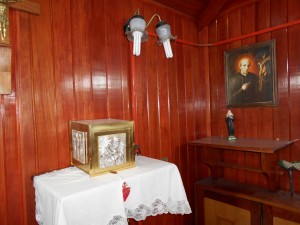
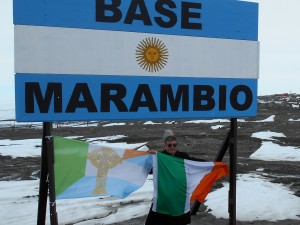



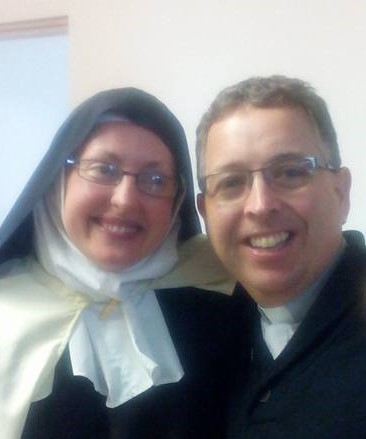

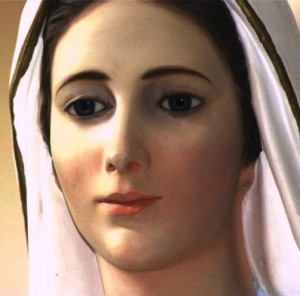 ly after this I became involved with groups like youth 2000 and I came to learn more about the Catholic Faith. I fell in love with the truths of the Catholic faith and I just wanted to learn more and more. The more I learned about the faith, the more the teachings of the Church really made sense and seemed to be so life giving, especially the Eucharist. It was also great to meet people my own age that I could talk to about God and feel completely comfortable. It was around this time that I started to think about the Priesthood. I remember seeing the different Priests at Youth 2000 and things and just seeing how much they loved their Priesthood was inspiring. I was staring to feel a call from within.
ly after this I became involved with groups like youth 2000 and I came to learn more about the Catholic Faith. I fell in love with the truths of the Catholic faith and I just wanted to learn more and more. The more I learned about the faith, the more the teachings of the Church really made sense and seemed to be so life giving, especially the Eucharist. It was also great to meet people my own age that I could talk to about God and feel completely comfortable. It was around this time that I started to think about the Priesthood. I remember seeing the different Priests at Youth 2000 and things and just seeing how much they loved their Priesthood was inspiring. I was staring to feel a call from within.